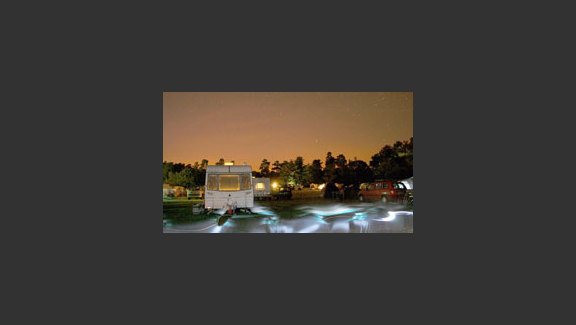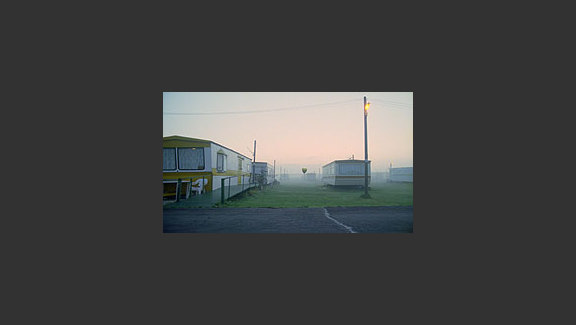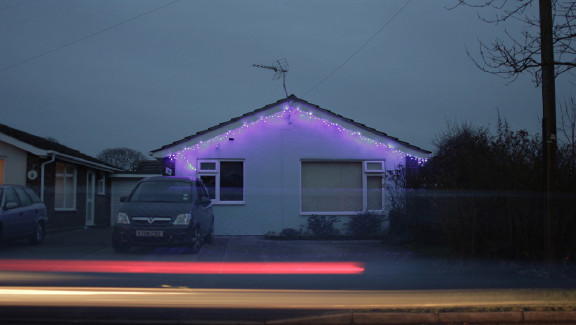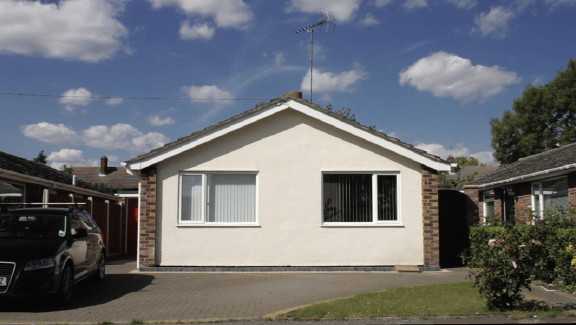Schrödinger's Cat/Parkwood Avenue
Synopsis
Details
- Year
- 2013
- Type of project
- Shorts
- Running time
- 12 mins
- Format
- High Definition
- Director
-
Joe King, Rosie Pedlow
- Producer
- Joe King, Rosie Pedlow
- Editor
- Joe King, Rosie Pedlow
- Director of Photography
- Joe King, Rosie Pedlow
- Sound
- Joe King, Rosie Pedlow
- Composer
- Joe King
- Sound Mixer
- Mike Wyeld
Genre
Categories
Production Status
Production Company
FOLK///projects
Sales Company
FOLK///projects
Page updates
This page was last updated on 12th May 2025. Please let us know if we need to make any amendments or request edit access by clicking below.
See also
You may also be interested in other relevant projects in the database.
 Strange Lights
Strange Lights
Director: Joe King, Rosie Pedlow
Year: 2010
On a winter's night in 1980, American servicemen stationed at an RAF base, witnessed some 'unexplained lights' in Rendlesham Forest. The incident has since become Britain's most famous UFO mystery with abounding rumours of conspiracies and cover-ups. Some argue that the incident was a hoax whilst others believe that the forest is a doorway to another dimension. Maintaining a balance between celebration and criticality, this film revisits the forest, thirty years later, in search of similarly 'inexplicable' events.
 Sea Change
Sea Change
Director: Joe King, Rosie Pedlow
Year: 2006
Filmed in a caravan park at the end of the season, Sea Change reveals a landscape dramatically transformed by light and time, and resonating with the transience of human presence. The old caravans that fill the site are soon to be removed and crushed to make way for a new housing development, so the film also acts as a kind of document for an unusual place on the brink of disappearance.
 Elegy for the Lost
Elegy for the Lost
Director: William Hong-xiao Wei
Year: 2025
Through the psychoanalytic and introspective voiceover of a young post-pandemic Chinese migrant in Europe, the film interweaves her private memories of intimacy with public narratives of resistance. As her reflections unfold, she and her community navigate secrecy, repression, survival, looming precarity, and displacement, all while confronting the personal cost of existing in a world that demands their silence.

